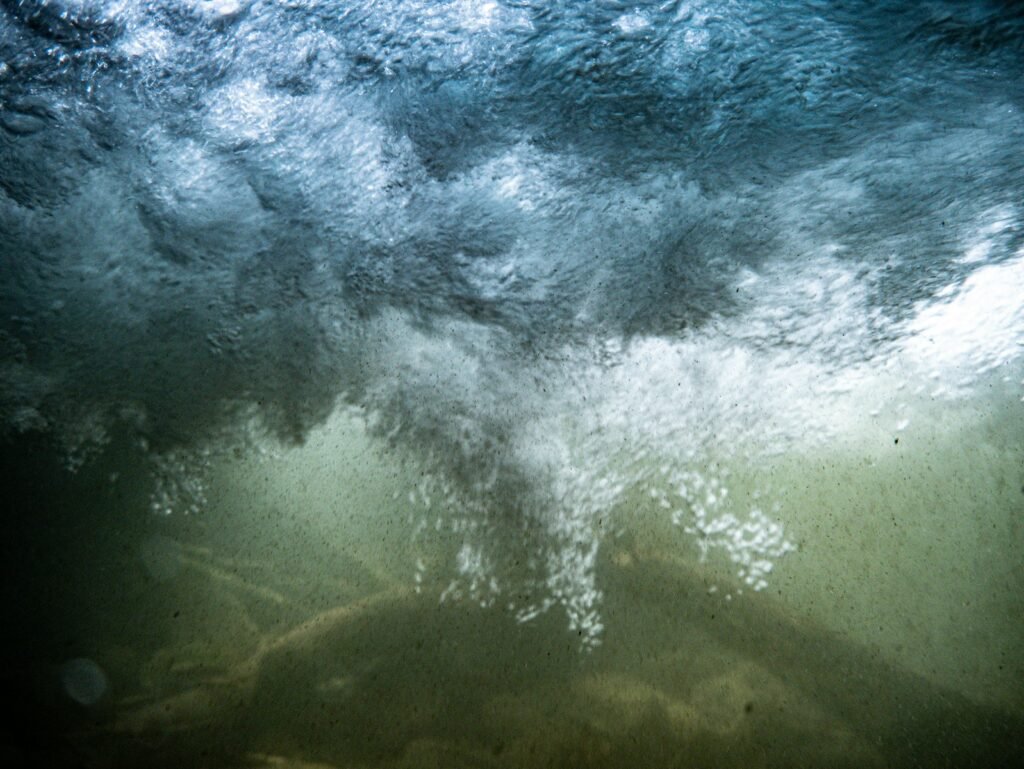Wildfire is usually framed as the villain, but in the quiet aftermath of a burn, a stranger story unfolds: some plants have been waiting for the flames. Cones sealed by resin crack open, smoke chemicals whisper to buried seeds, and blackened ground becomes a nursery. The drama can feel upside down – destruction as midwife – yet it is a logic honed over millennia. As researchers refine tools to read these fiery cues, we’re discovering that certain forests and shrublands don’t merely survive fire; they rely on it. The challenge now is learning when and how to let flame play its ancient role without letting it run the show.
The Hidden Clues
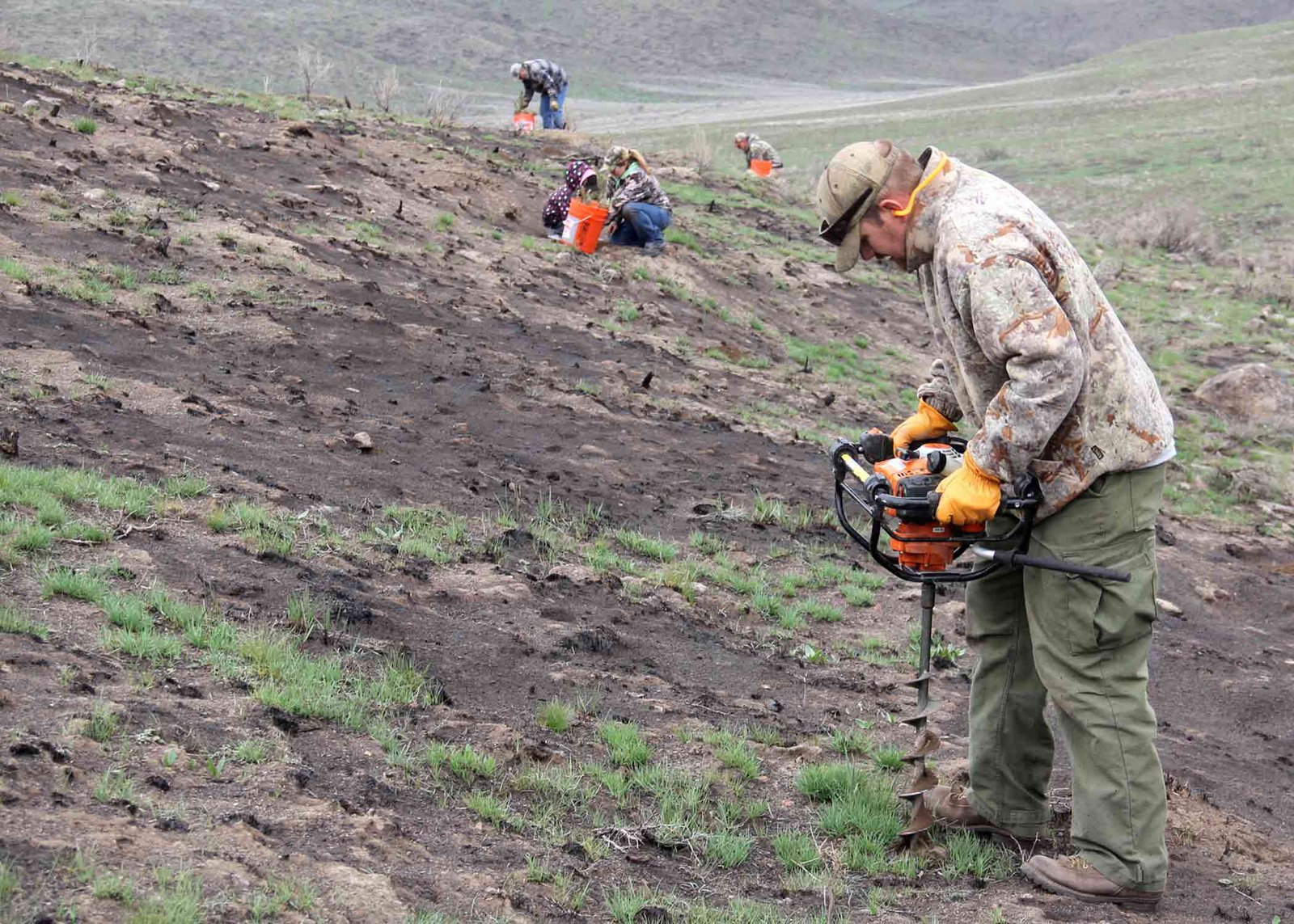
Walk through a fresh burn and the first hints of renewal are easy to miss – charcoal flakes, crisped cones, and faint wisps of ash. Look closer and you’ll see tiny green spears piercing the soot, as if the soil had been holding its breath until the heat finally arrived. On a field trip to a post-fire slope in the Sierra, I knelt beside a blackened log and found a carpet of seedlings where, just months earlier, there had been needles and silence.
These are not random comebacks; they’re engineered responses. Many species carry seeds in tough capsules or cones that won’t open without heat, while others keep a long-lived seed bank primed for smoke. Even the ash does work, raising soil pH and freeing nutrients, like a reset button for tired ground.
From Ancient Tools to Modern Science
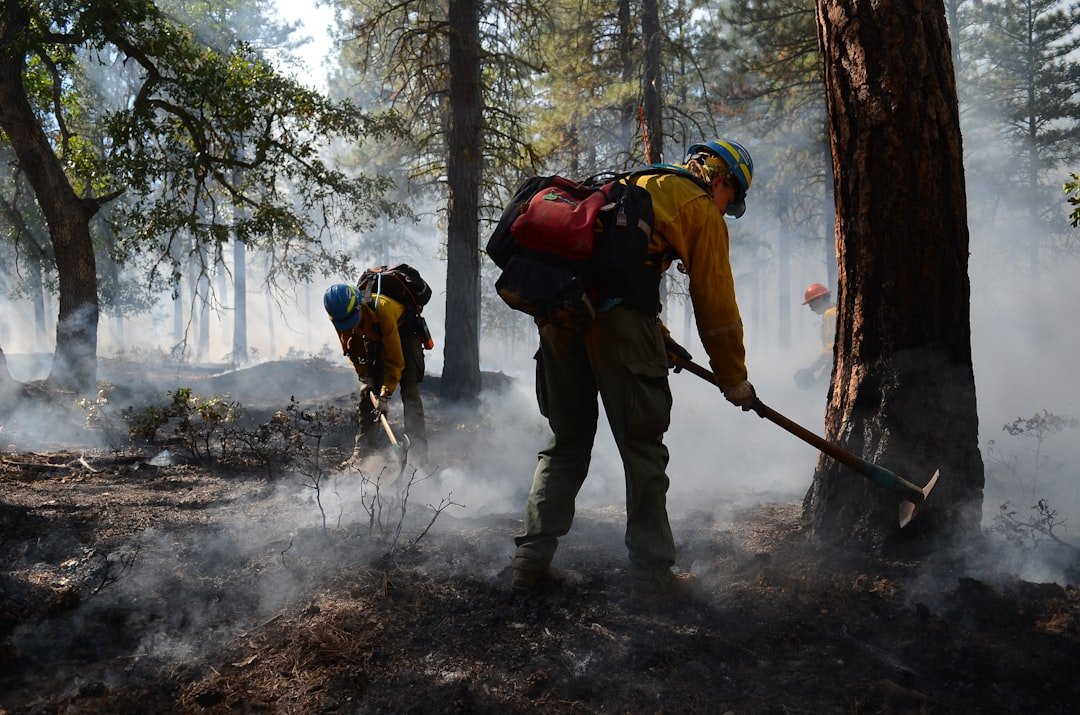
Long before lab assays named smoke molecules, Indigenous fire practitioners learned how cool, timely burns refreshed landscapes. Their methods taught that not all fire is the same, and that frequency and season matter as much as flame height. Those lessons are now being revisited with renewed respect.
Modern scientists study fire-adapted traits with drones, heat sensors, and genetics, mapping where serotinous cones and smoke-sensitive seeds are most common. Experimental “smoke water” and heat treatments in nurseries have turned folk wisdom into reproducible protocols. Together, these approaches show that fire readiness is not a single trick but a toolkit.
The result is a clearer picture of how forests once pulsed with low to moderate burns, creating a patchwork of ages and habitats. Where suppression disrupted those rhythms, fuels accumulated and fires skewed larger and hotter. Re-aligning with those older patterns is becoming a central goal.
The Chemistry of Flame-Triggered Life
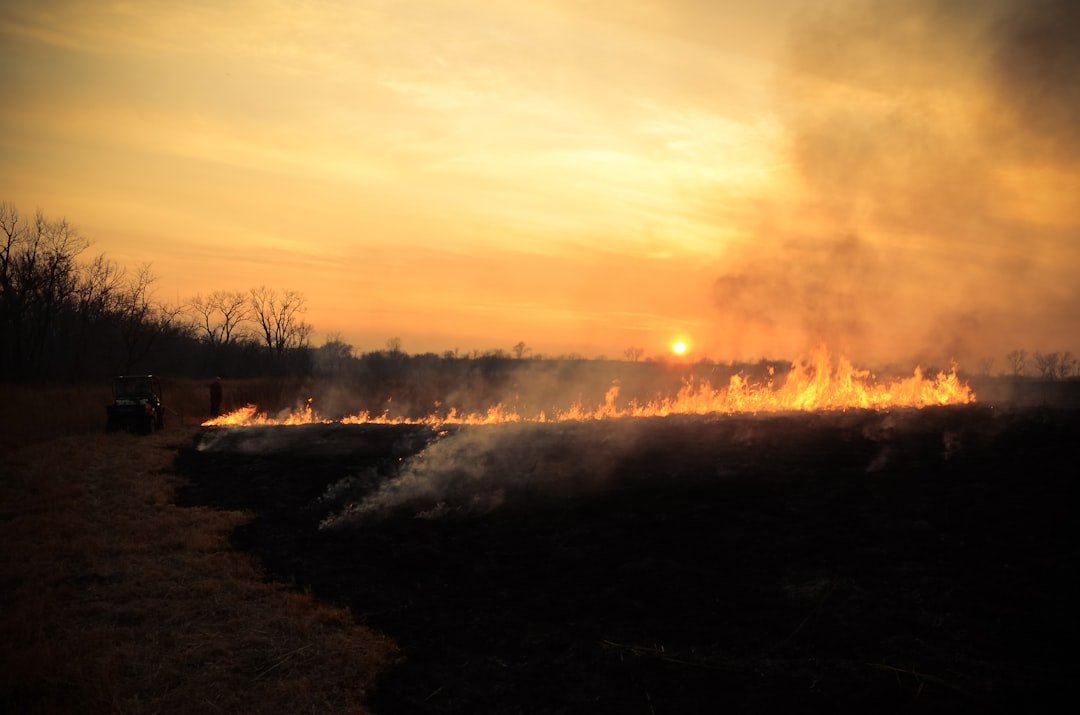
The spark behind many of these responses is surprisingly specific. Smoke contains a family of butenolide compounds called karrikins that act like a wake-up call to dormant seeds, flipping genetic switches that say the canopy has opened and competition has eased. Heat can also melt resins that seal cones, while brief pulses of high temperature scarify hard seed coats.
This chemistry cascades into ecology. With sunlight now flooding the ground and nutrients unlocked, seedlings get a short window to race ahead. If you picture a theater going dark and then the spotlight snapping to the stage, that’s the shift: the understory suddenly becomes center stage.
Specialists of the Inferno
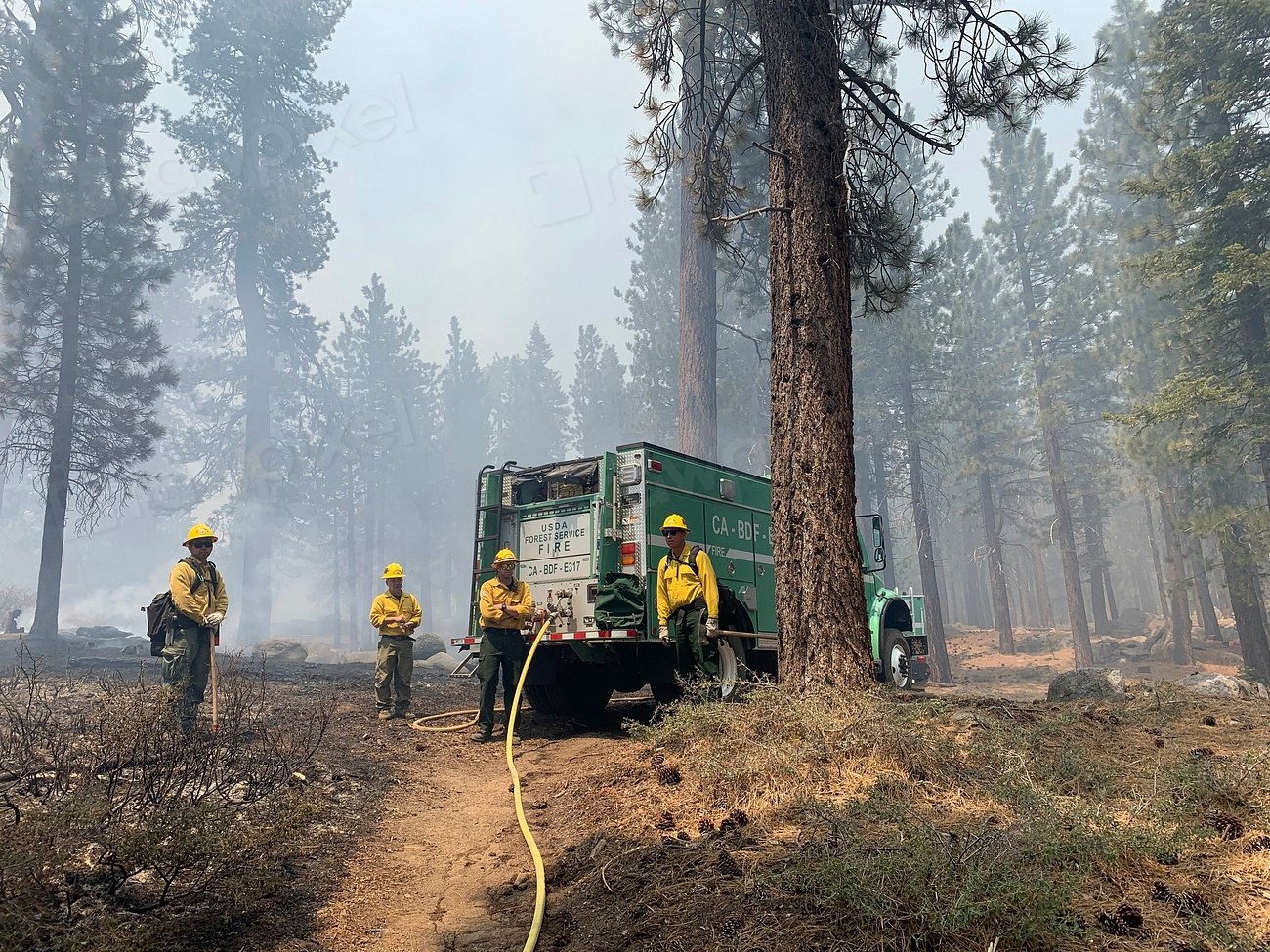
Consider lodgepole and jack pines, classic serotinous conifers whose cones can hang for years until fire softens the resin. In Mediterranean shrublands, manzanitas and ceanothus often keep tough-coated seeds that germinate after heat or smoke. Australia’s banksias and grass trees are virtuosos too, holding seed in cones or crowns that release after flames pass.
Even giants play the game. Giant sequoias produce clouds of seeds that fall onto warm, ashy ground after low to moderate burns have thinned their competitors. Eucalyptus species, with epicormic buds hidden under insulating bark, can re-leaf after fire while also showering seedlings onto a cleared stage.
Cycles and Timing: When Fire Helps – or Hurts
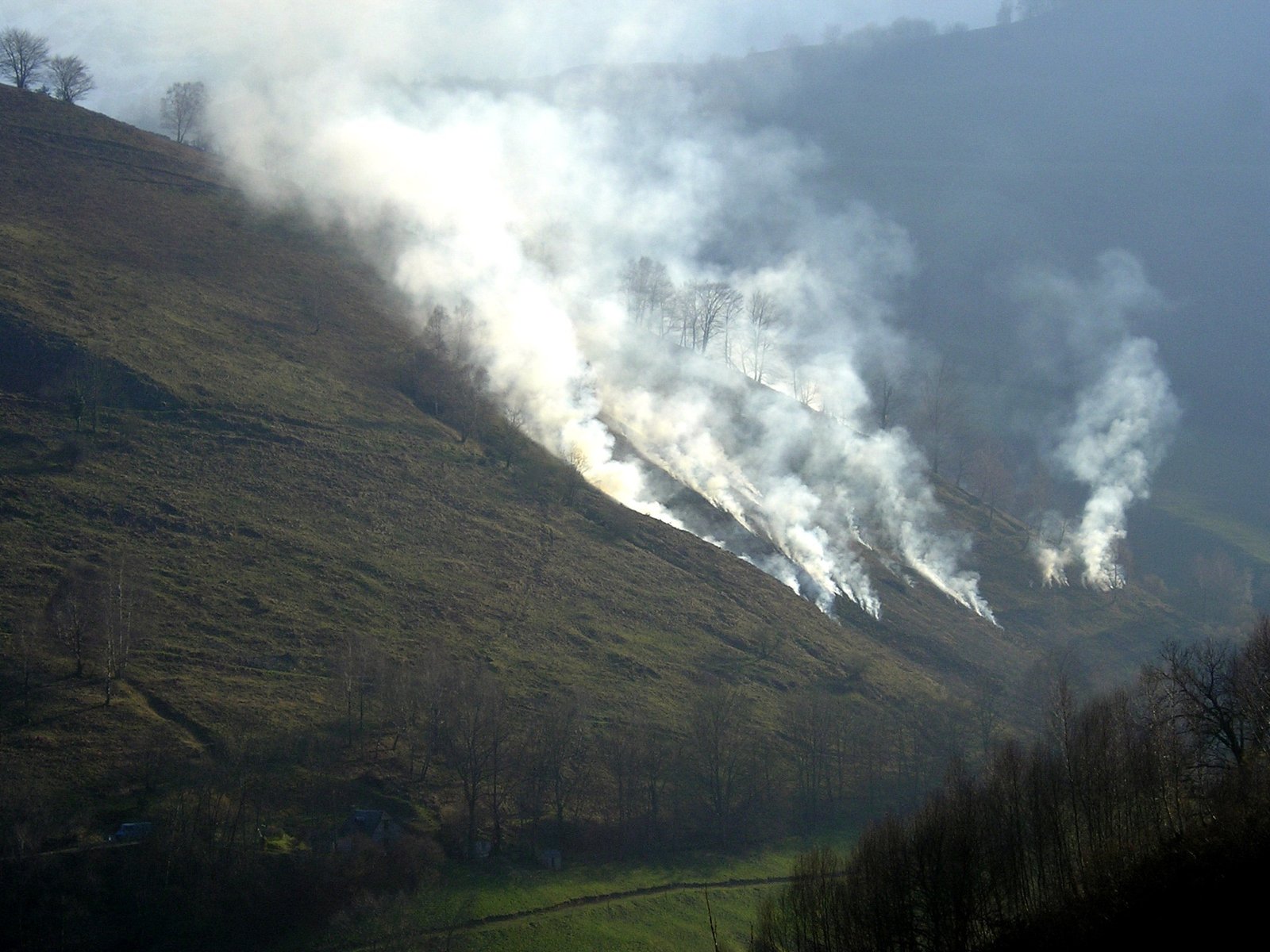
Fire that’s too frequent can be as harmful as no fire at all. Many shrubs and trees need time to mature, build seed stores, and thicken bark before the next burn; torch them too soon, and the system tips toward grasses or invasive plants that short-circuit the cycle. The interval matters, not just the intensity.
On the flip side, total suppression often backfires by letting fuels pile up, turning what could have been a cleansing burn into a canopy-killing event. When flames climb higher and linger hotter, even well-adapted species can lose seed banks and parent trees. Recovery then slows, or follows a different trajectory entirely.
Managers talk about “right fire, right place, right time” for a reason. A cool-season prescribed burn might mimic historical patterns in some pine forests, while storm-season lightning once set the cadence in others. Matching those rhythms is both science and craft.
Why It Matters
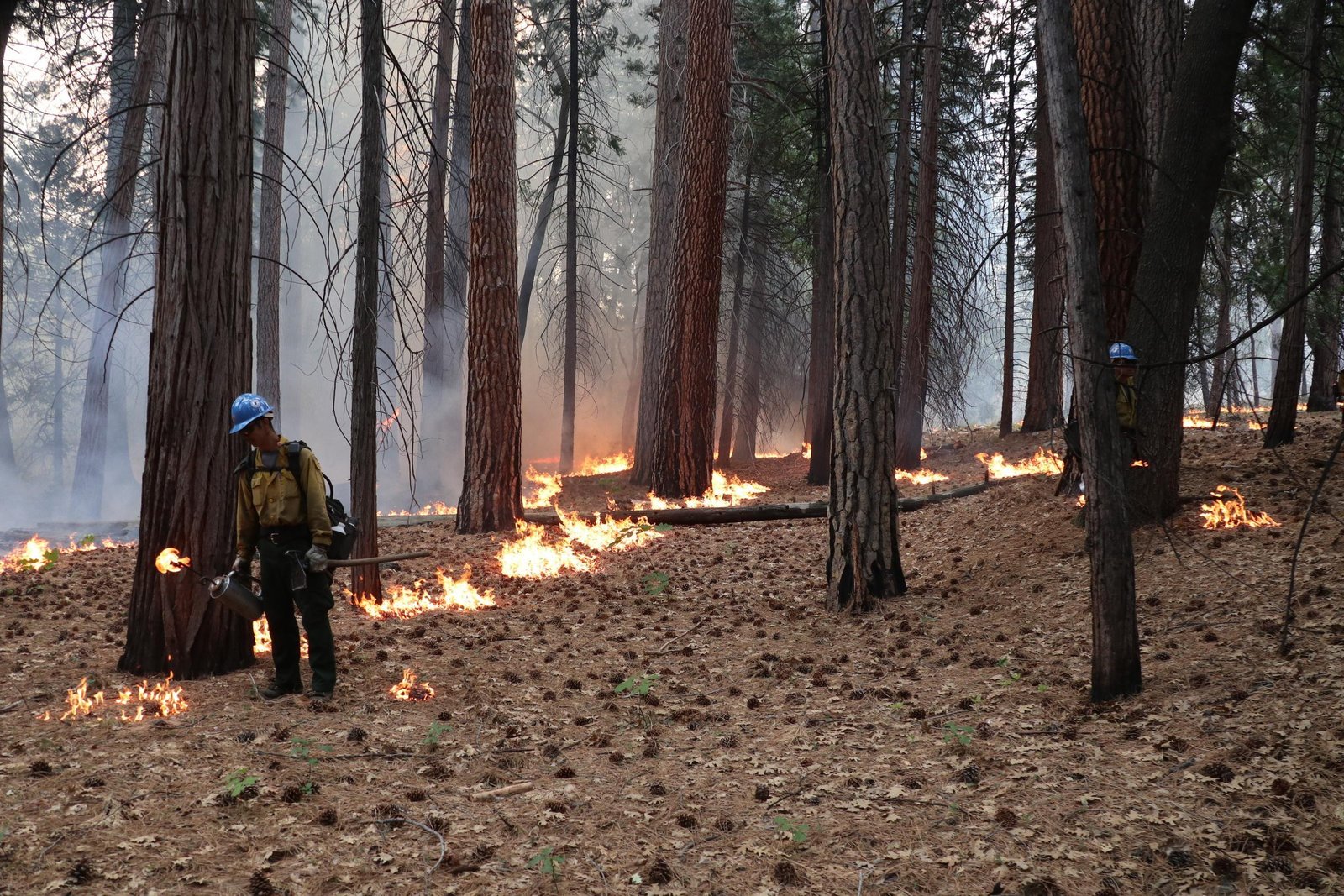
The stakes go beyond botany. Fire-adapted landscapes are home to pollinators, birds, and mammals that depend on the mosaic of fresh burns and mature stands – remove that structure and you flatten the food web. Economically, forests that regenerate naturally after proper fire can lower replanting costs and reduce hazardous fuel loads over time.
It also reframes risk. Instead of viewing all fire as failure, the question becomes which fire supports regeneration and which fire undermines it. That pivot helps communities balance safety with ecological health, rather than betting everything on suppression that rarely holds in extreme weather.
The Future Landscape
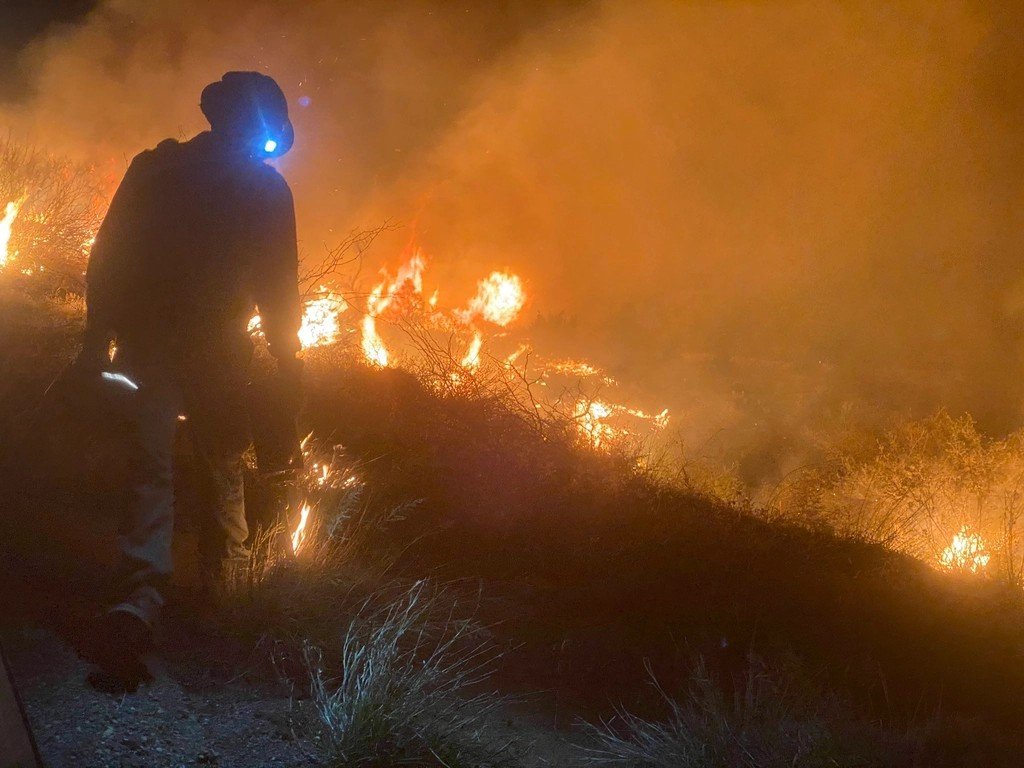
New tools are giving managers finer control. Satellites and aircraft track moisture, fuels, and post-fire green-up, while machine learning forecasts windows when prescribed burns are most likely to stay moderate. In nurseries, smoke-infused water is being used to boost germination of hard-to-start natives for restoration.
There are hurdles. Climate change is stretching fire seasons, pushing windier, drier days that can turn careful plans into cancellations, and wildland–urban growth adds social and legal complexity. Even so, partnerships that blend Indigenous stewardship with modern monitoring are showing how culture and science can pull together.
Conclusion
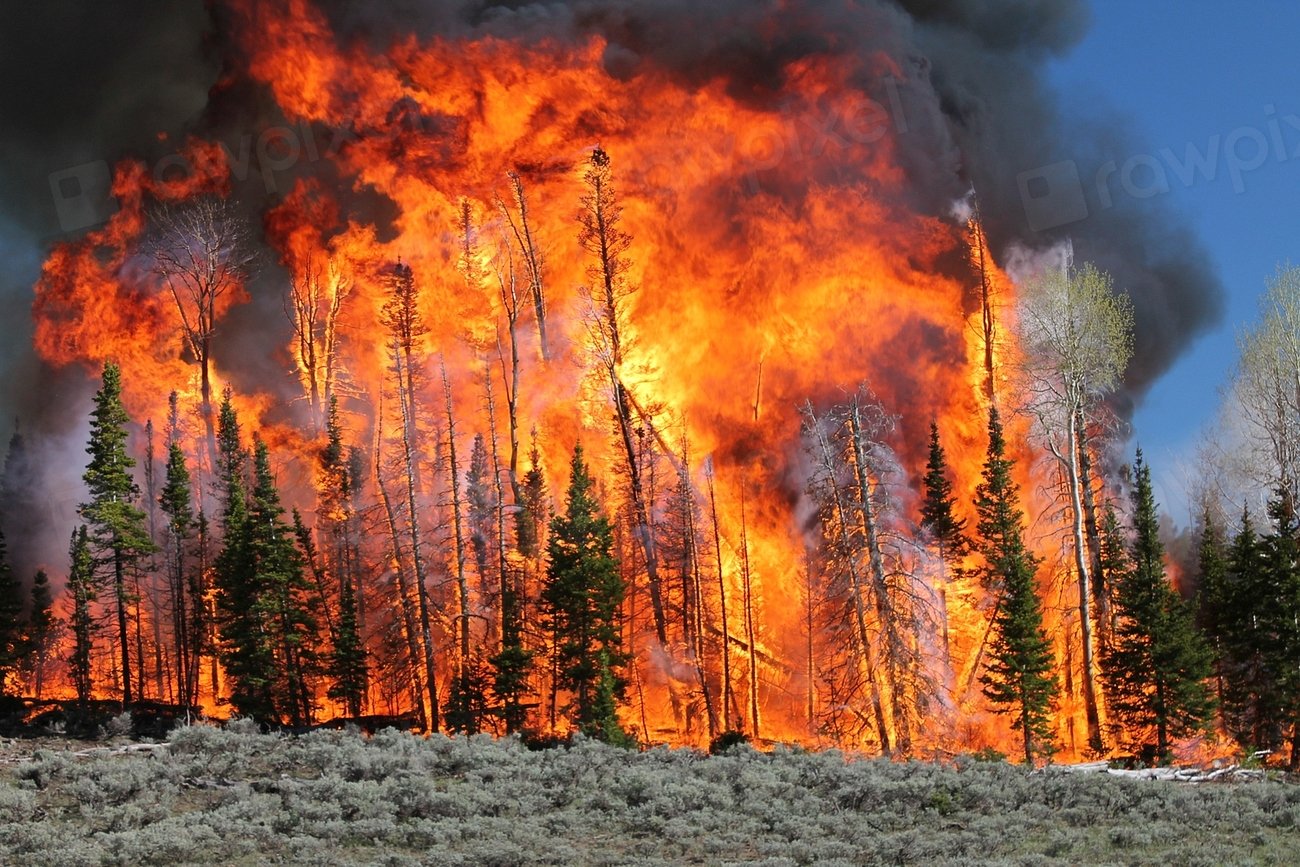
Start by learning the fire story of your own region – what once burned, how often, and which plants still carry those blueprints in their seeds and bark. Support agencies and tribes practicing cultural and prescribed burning, and back local restoration groups using native species that evolved with flame.
At home, choose fire-wise landscaping that reduces risk while favoring natives, and speak up for policies that fund proactive treatments instead of only emergency response. If you hike in burned areas, stay on trails to protect fragile seedlings that represent the next chapter. The question isn’t whether fire belongs here; it’s whether we’ll let the right kind of fire help write a better one – will you?

Suhail Ahmed is a passionate digital professional and nature enthusiast with over 8 years of experience in content strategy, SEO, web development, and digital operations. Alongside his freelance journey, Suhail actively contributes to nature and wildlife platforms like Discover Wildlife, where he channels his curiosity for the planet into engaging, educational storytelling.
With a strong background in managing digital ecosystems — from ecommerce stores and WordPress websites to social media and automation — Suhail merges technical precision with creative insight. His content reflects a rare balance: SEO-friendly yet deeply human, data-informed yet emotionally resonant.
Driven by a love for discovery and storytelling, Suhail believes in using digital platforms to amplify causes that matter — especially those protecting Earth’s biodiversity and inspiring sustainable living. Whether he’s managing online projects or crafting wildlife content, his goal remains the same: to inform, inspire, and leave a positive digital footprint.


